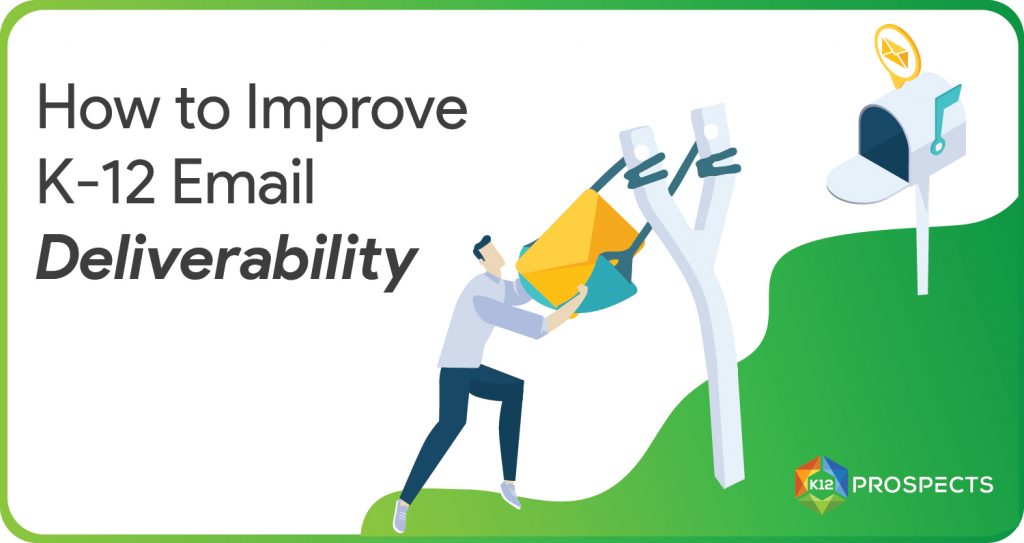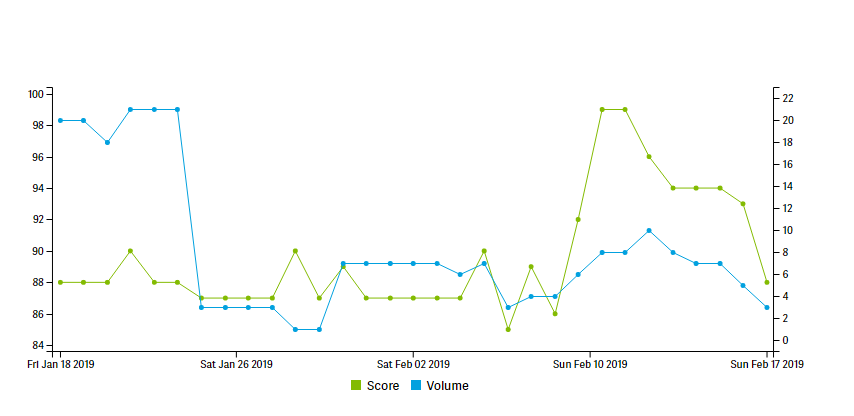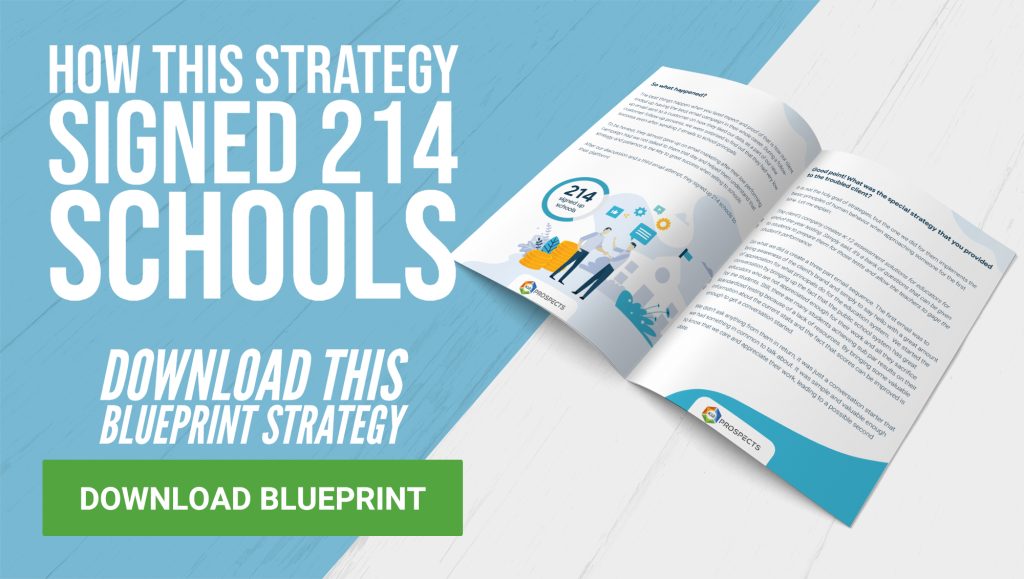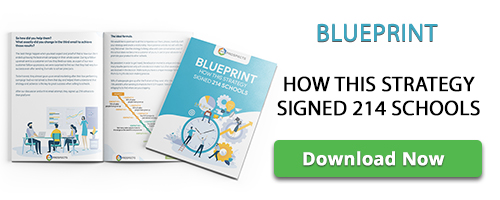How to Improve K-12 Email Deliverability


For any business that relies on email communication and marketing, deliverability is a critical part of the business. Unfortunately, deliverability it is not always a priority until the company experienced a major setback.
This is exactly what Bryan at Nexus Design Studios faced. His company worked to maintain and develop websites for school districts and relied on excellent communication with K-12 educators.
When he found that his emails were not making it to the intended audience, the educators and administrators who make decisions for the districts he worked in, he needed to take a look at his email deliverability.
Email is the backbone of any business and impacts everything from generating interest and providing quotes to sending invoices.
Here is how you, like Bryan, can make email deliverability work for your company.
What is email deliverability?
The first step to successfully implementing email deliverability is to understand what it is. Simply put, it is your email message arriving in the inbox of the intended recipient–the principal, superintendent, or other administrators.
When an email fails, the message is rerouted to the junk or bulk folder. It can also be blocked entirely by the Internet Service Provider, ISP.
What causes email deliverability failure?
A few key factors impact where your email goes after you press SEND.
In Bryan’s case, he sent a bulk email about what his company offered. But he had no responses or questions, no click through, and a very low open rate. His email ended up in many junk folders and the intended recipients didn’t even know he had reached out.
How is email deliverability failure fixed?
Email filters are tasked with the important work of defending against spam. This keeps your inbox clean and free of junk mail. But what if the emails that it thinks are junk are actually legitimate communication?
You can focus on four main action items to make sure your email is delivered as intended.
- Warm up your IP address for success
- Have a consistent sending schedule
- Clean your list
- Content and branding your “from” name
Bryan developed an overall email strategy and sequence. He started by sending a few emails to key administrators, superintendents and IT Directors, in which he compared the performance of school districts with a content management system, CMS, to those without. He started a conversation.
Warming up the IP address
One of Bryan’s key points of success was warming up the IP address. He did this by sending smaller batches of emails to segments of his list. He was able to focus on contacting those segments that he would have the most engagement from, resulting in a greater open rate and greater trust with the ISP. He slowly increased the number of emails he sent, now that the ISP knew his email to be a trusted and legitimate sender.
Here is a simple email warmup schedule:
Day 1 – 50 emails
Day 2 – 100 emails
Day 3 – 500 emails
Day 4 – 1,000 emails
Day 5 – 2,500 emails
Day 6 – 5,000 emails
Day 7 – 7,500 emails
Day 8 – 10,000 emails
Day 9 – 15,000 emails
Day 10 – 20,000 emails
Day 11 – 25,000 emails
Day 12 – 30,000 emails
Stick to a consistent send schedule
Bryan also started sending emails consistently. When sending emails randomly, with nothing for three weeks then 30,000 emails in one day, this creates spikes in email sending habits, which are taken as negative signals.
Sticking with a regular email schedule can increase email deliverability.

Clean your email list
I can’t emphasize how many times I have said this and I still see companies do the same mistake all over again including Bryan.
Emails that are sent to nonexistent users are bounced, or sent back as non-deliverable. This destroys your email credibility with the ISP, which leads to your emails being flagged as spam and sent directly to the junk folder.
Bryan went through his email contact list, removing all inactive recipients and those who had not opened his emails. This should be done every couple of months.
Cutting nonexistent accounts from your list can only increase the chance that your email will be successfully delivered to stakeholders who can actually work with you to bring your product to their school or district.
Content and branding your “from” name
Bryan experienced a big turnaround when he started the process of working on better content and branding.
People will only open your email and continue to open if that content is relevant for them and if there is benefit from that content. Making them aware of the challenges they have and providing a solution for it is what they are looking for.
In your email address, you want to make sure that you have a branded “from” name.
Bryan used his company’s name so that superintendents would remember what he had to offer. Other companies choose to use a reliable individual to be the “face” of their email marketing, another good strategy. Just make sure to include your business name in the “from” line so that your recipient knows exactly what the email can provide for them.


